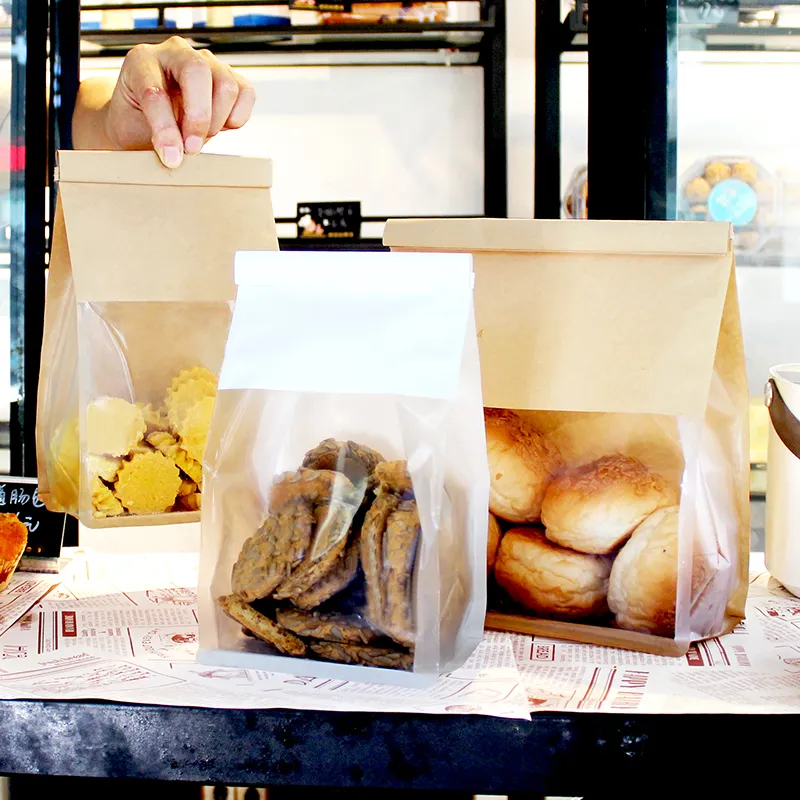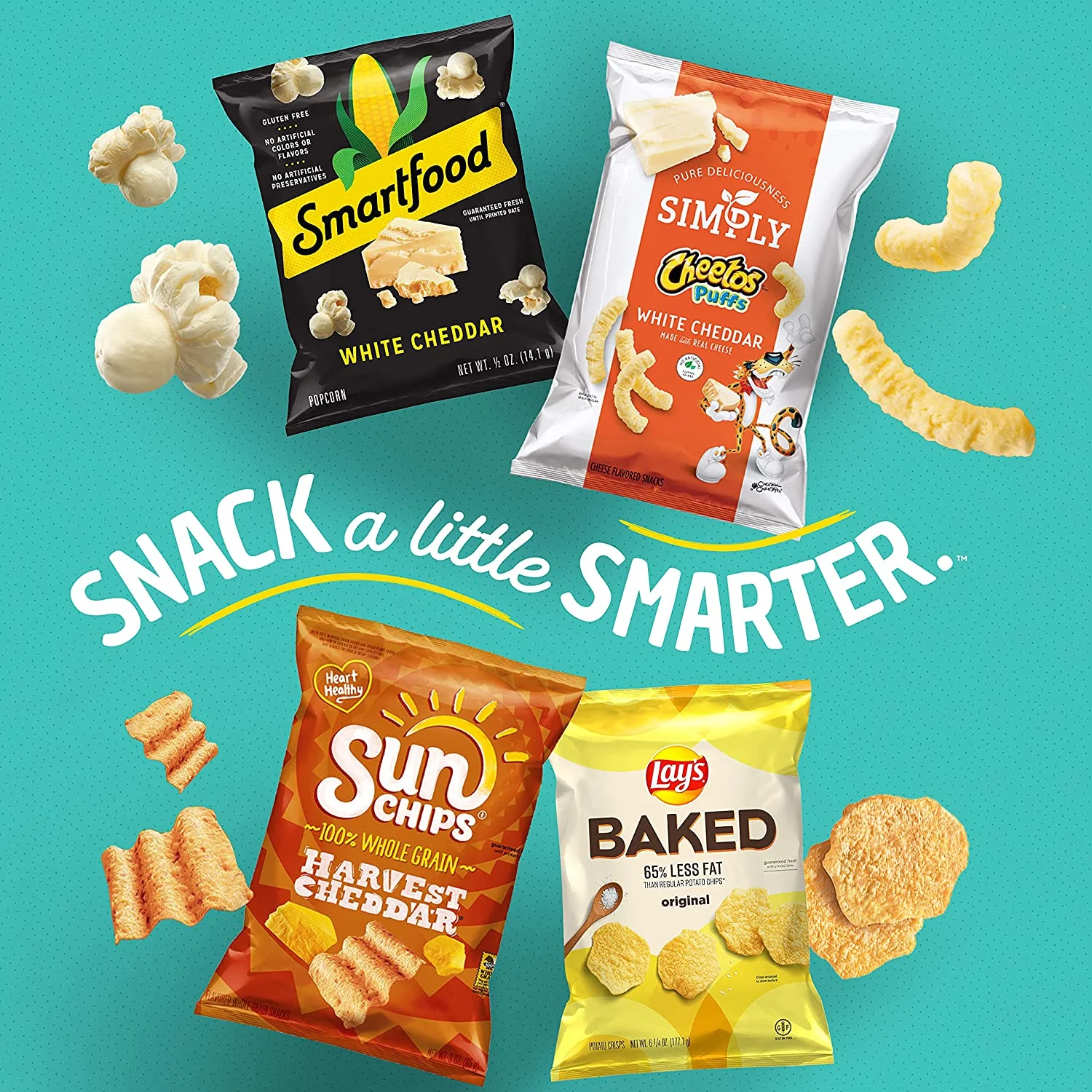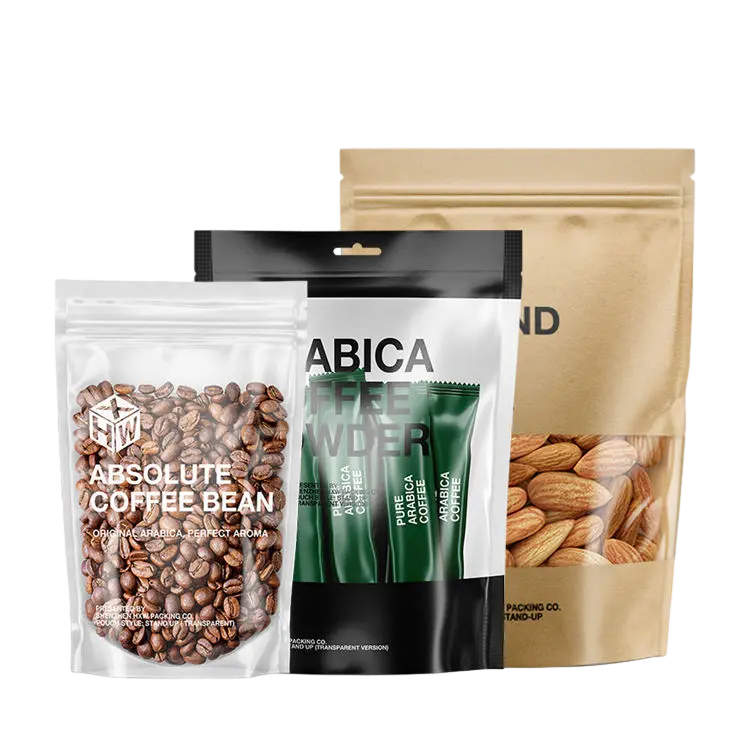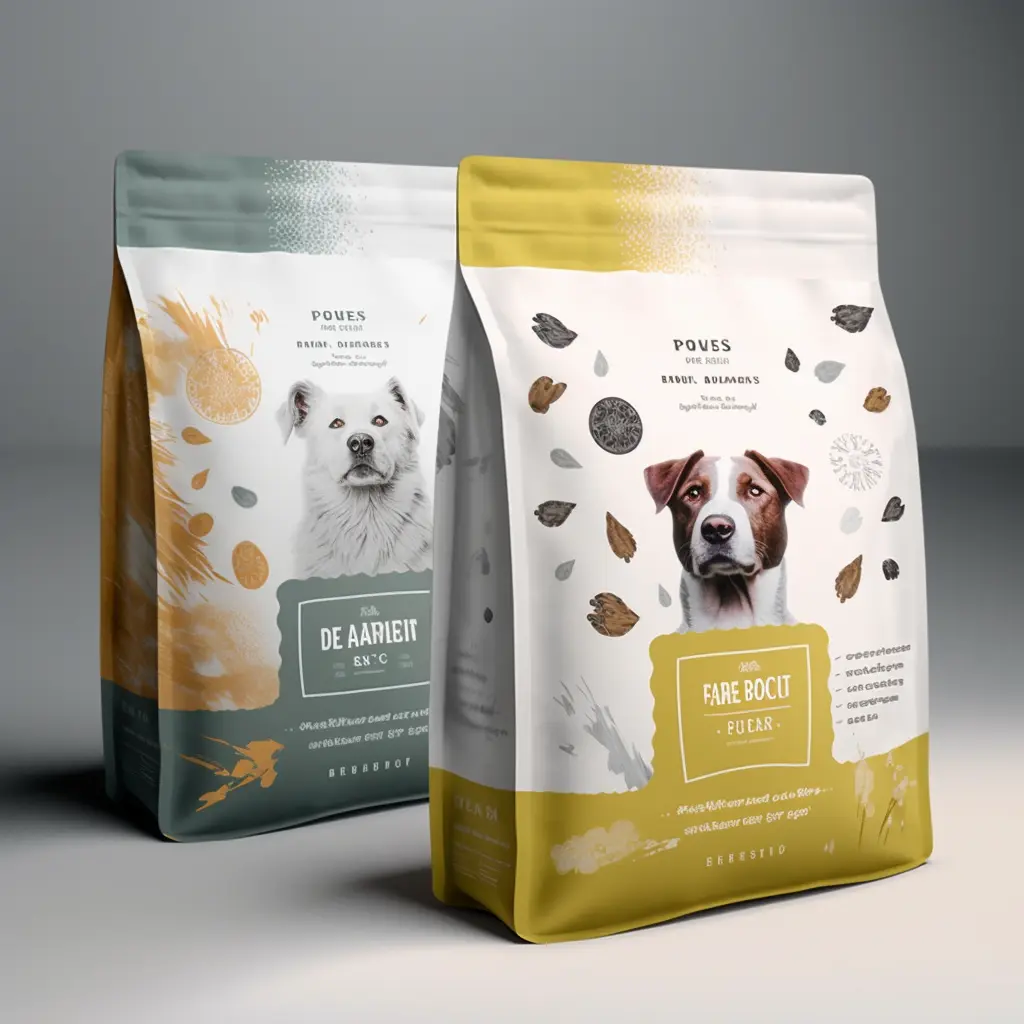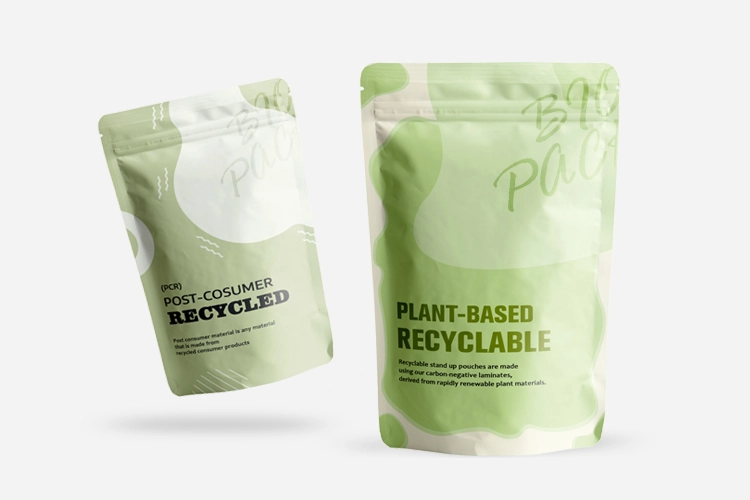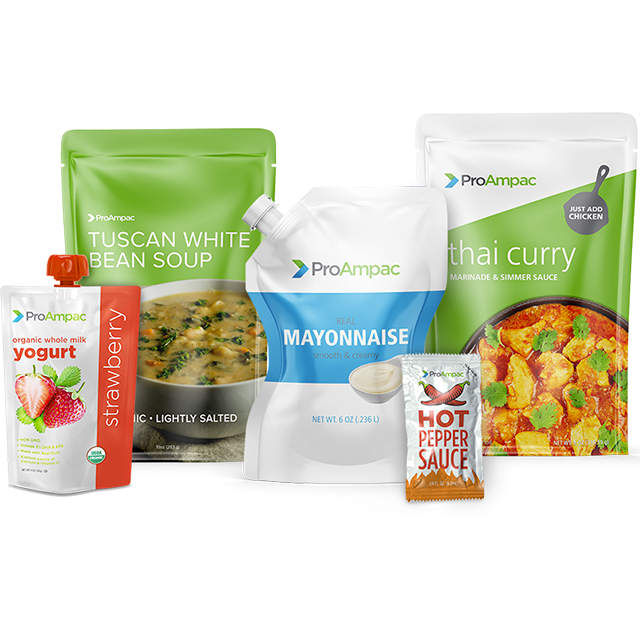Coffee bags play a crucial role in preserving the freshness and flavor of coffee. The choice of coffee bag type can significantly impact the quality and longevity of the coffee. This article explores the various types of coffee bags available and their specific applications to help you make an informed decision for your coffee packaging needs.
1. Flat Pouch
Characteristics and Advantages:
- Flat pouches are simple, single-layer bags that lie flat when filled.
- They are lightweight and cost-effective, making them suitable for small-batch or high-end coffee packaging.
Suitable Use Cases:
- Ideal for boutique roasters or premium coffee brands that require elegant, minimalistic packaging.
- Limited in moisture and oxygen barrier capabilities, making them less suitable for long-term storage.
Disadvantages:
- Lacks advanced features for moisture or oxygen protection, which can affect the freshness of the coffee over time.
2. Stand-up Pouch
Characteristics and Advantages:
- Stand-up pouches are self-supporting bags that stand upright on shelves, providing a prominent display.
- Often equipped with a one-way valve to release gases without letting air in, preserving the coffee’s freshness.
Suitable Use Cases:
- Perfect for medium to large-scale coffee producers and retailers.
- Commonly used in retail environments where visual appeal and freshness are critical.
Disadvantages:
- Slightly higher cost compared to flat pouches due to the added features.
3. Side Gusseted Bag
Characteristics and Advantages:
- Side gusseted bags feature expandable sides that allow the bag to grow in width as it is filled, providing more capacity.
- Offers a traditional look and ample space for branding.
Suitable Use Cases:
- Popular among coffee shops, wholesalers, and exporters who need to package larger quantities of coffee.
- Useful for bulk coffee and maintaining a classic appearance.
Disadvantages:
- May not offer the same level of stability on store shelves as stand-up pouches.
4. Flat Bottom Bag
Characteristics and Advantages:
- Flat bottom bags have a base that provides stability and allows the bag to sit upright on shelves.
- Offers excellent presentation and storage efficiency.
Suitable Use Cases:
- Ideal for high-end coffee brands and large-volume products that require a professional appearance.
- Often used for premium coffee that benefits from enhanced shelf appeal.
Disadvantages:
- Generally more complex and costly to produce than simpler bag types.
5. Vacuum-Sealed Bag
Characteristics and Advantages:
- Vacuum-sealed bags remove air from the packaging, significantly extending the coffee’s shelf life.
- Effective in preserving the aroma and flavor of coffee by minimizing oxidation.
Suitable Use Cases:
- Best suited for long-term storage and transportation of coffee, particularly for specialty roasters and exporters.
Disadvantages:
- Higher cost due to the specialized sealing process and equipment.
6. Nitrogen-Flushed Bag
Characteristics and Advantages:
- Nitrogen-flushed bags are filled with nitrogen instead of air to prevent oxidation and spoilage.
- Helps maintain the coffee’s freshness and flavor for an extended period.
Suitable Use Cases:
- Ideal for high-quality coffee beans and for brands focused on long-term shelf life without compromising quality.
Disadvantages:
- Requires additional processing and can be more expensive than other types of coffee bags.
7. Biodegradable Coffee Bag
Characteristics and Advantages:
- Made from environmentally friendly materials that decompose naturally over time.
- Combines sustainability with functionality, offering a green alternative to traditional coffee bags.
Suitable Use Cases:
- Perfect for eco-conscious brands that prioritize sustainability and reducing their environmental footprint.
Disadvantages:
- Generally comes at a higher price point and may have limited shelf life compared to non-biodegradable options.
8. Custom Coffee Bag
Characteristics and Advantages:
- Custom coffee bags can be tailored to meet specific branding needs, including unique designs, colors, and logos.
- Offers flexibility in terms of size, material, and additional features such as resealable closures or windows.
Suitable Use Cases:
- Ideal for brands seeking to enhance their market presence with distinctive and personalized packaging.
- Useful for creating a strong brand identity and differentiation in a competitive market.
Disadvantages:
- Can be more expensive due to customization and design requirements.


